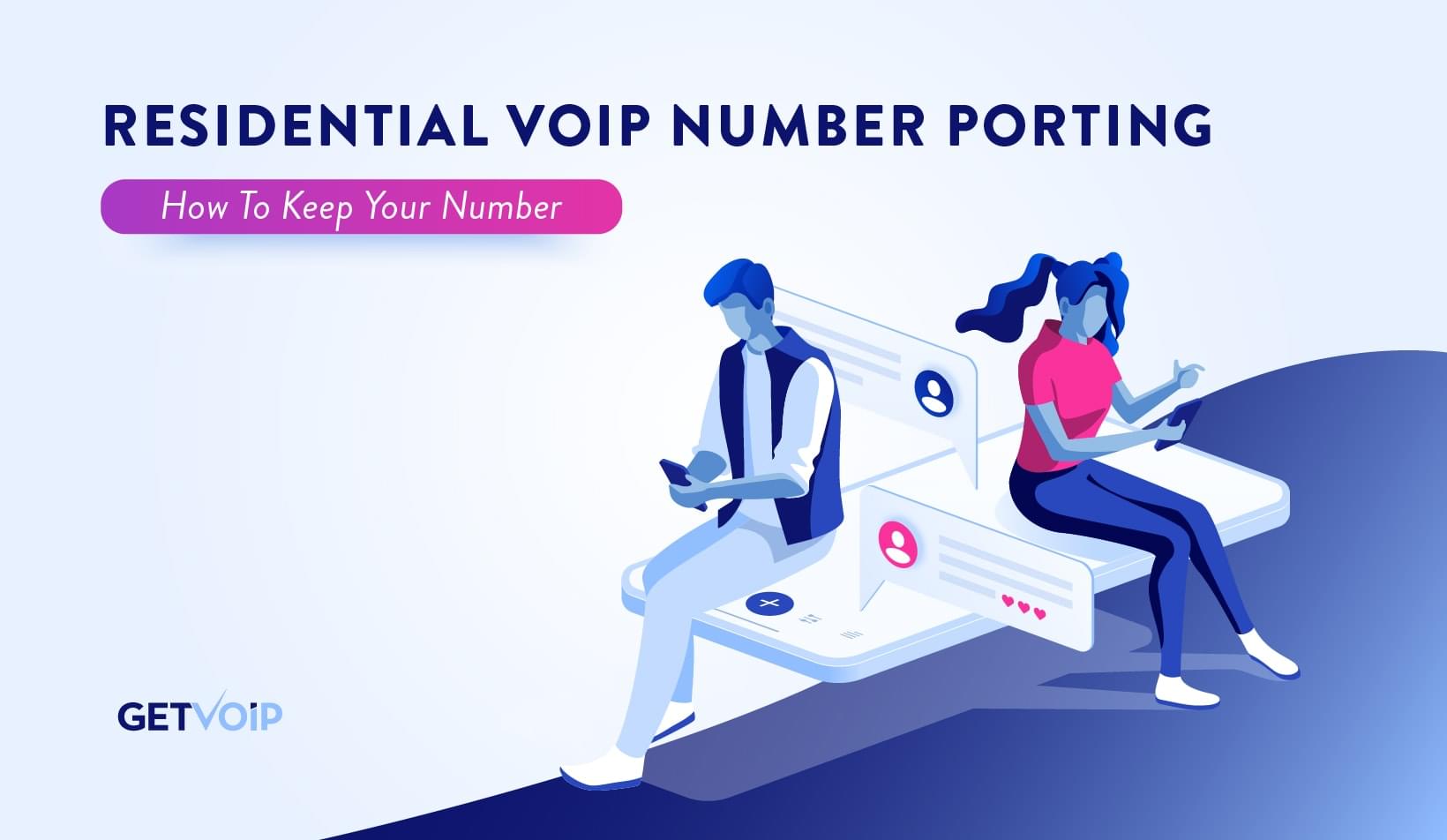Once cell phones starting gaining popularity, the term “number porting” became a big buzz word. Now that VoIP is catching on among residential customers, number porting is once again becoming a big deal. Fortunately, government regulations, faster technology, and competitive VoIP providers make it faster, easier, and less expensive to port your number. One of the best features of VoIP is that once you make the switch to VoIP, when you move, all you have to do is take your IP phone or ATA out of the box, plug it in, and you can make calls immediately, with your own number.
The porting fee is a way for the phone or VoIP Company to recover the costs of number porting. Some providers waive the fee, others do not. Some are so competitive that they will even buy out your existing contract with another provider. For the customer that is still shopping around for a residential VoIP provider, find out whether or not they waive the porting fee. CallCentric, for example, allows for very cheap calls, so they don’t waive the fee. ViaTalk charges to port a cell phone number or a toll-free call. Ooma charges for number porting, but waives the fee if the customer subscribes to their Premier service. Whether or not a provider charges a number porting fee should not be the sole determining factor in choosing the right residential VoIP provider for you, but it is one more cost to consider, along with buying new equipment and other costs.
When you do switch over, your new company will take care of all the porting details. The one thing you do have to do is not cancel your service until after the number is ported. If you cancel your service, you “let go” of your number, so you want to hang on to it. Your old provider is not allowed to refuse to port your phone number, even if you owe them money.
The FCC has simplified the process of number porting, so that “simple” number porting, which includes VoIP, wired, and wireless switches in any direction, can take as little as one business day. With residential VoIP, once the switch takes effect, it is immediate, and there is no “number confusion.” You may even hear a different dial tone when you pick up the phone. Your new residential VoIP provider may ask you what outgoing caller ID you want, so that may change, if you want it to.
Unlike traditional phone systems, you also have the option of a virtual number. The virtual number can have any local area code, and the call goes to your phone. A virtual number is a great way to keep in touch with family and friends who are in other areas of the world. Many residential VoIP providers let you purchase international virtual numbers, so your loved ones can call you across the world for the cost of a local call. A virtual number is not to be confused with a virtual second line, which is another feature of VoIP that you can’t get from PSTN phones. With a virtual second line, you can pick up the phone and hear a dial tone when someone else is already using the phone.
GetVoIP.com continues to bring you the best, in-depth VoIP reviews of residential and business VoIP providers. Please leave a review of your own VoIP experience here.
Additional Reading
How Do I Prepare for Business Phone Number Porting?
Are VoIP Providers Allowed to Charge for Number Porting?
Integrating & Importing Your Google Voice Contacts






![What is Omnichannel Customer Service? [Benefits & Tips] What is Omnichannel Customer Service? [Benefits & Tips]](images/omni-channel-explained-350x203.png)

